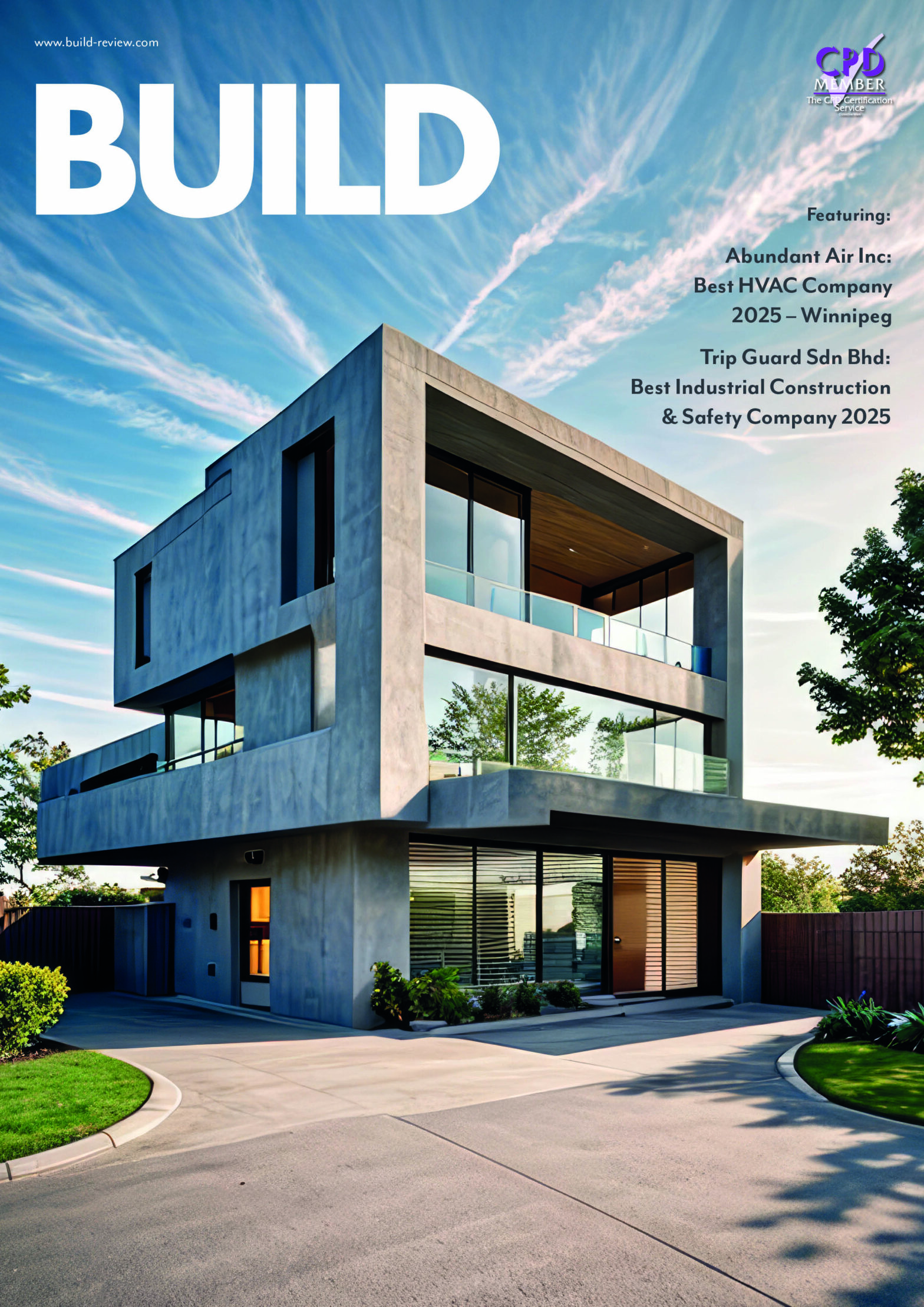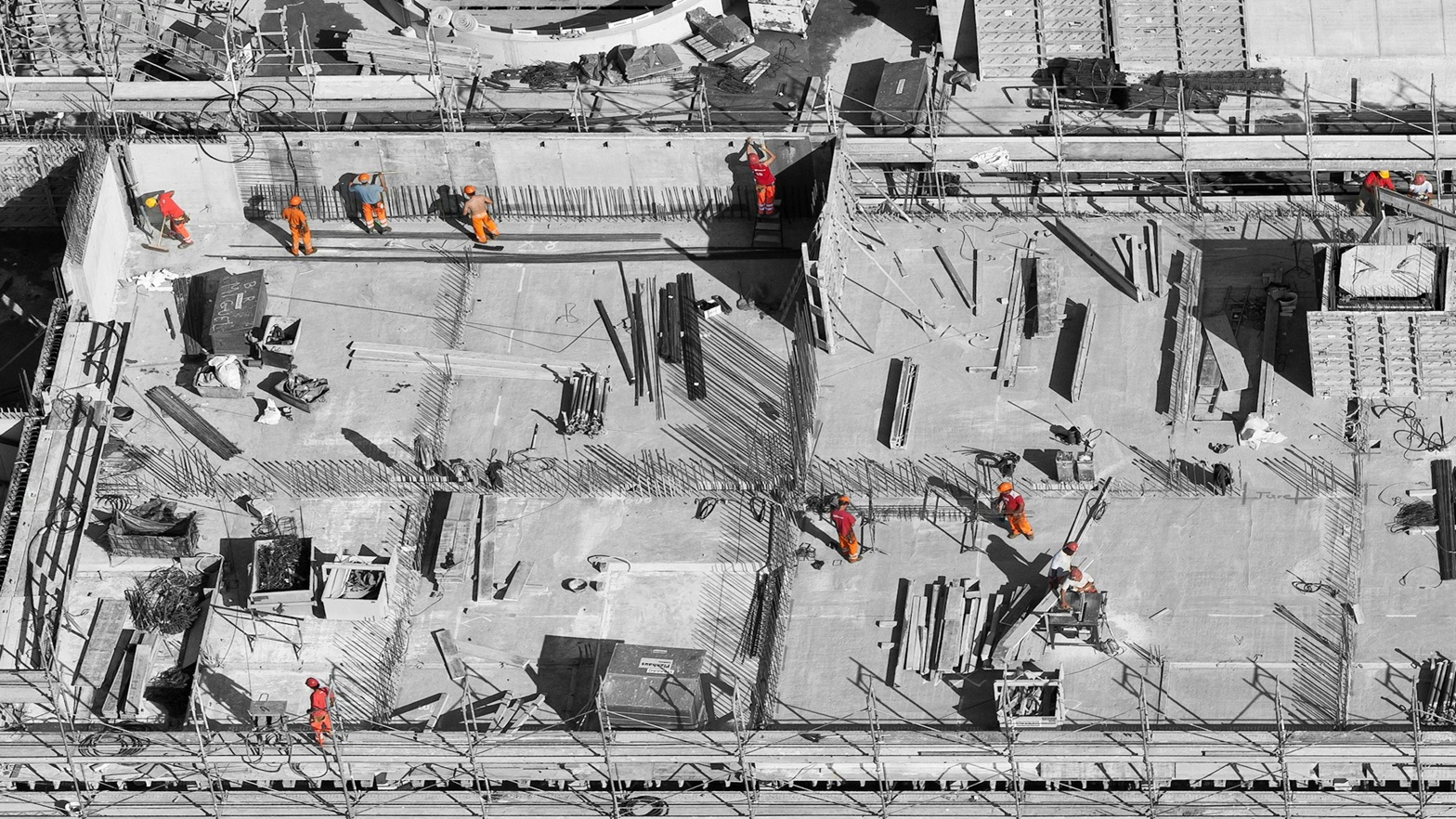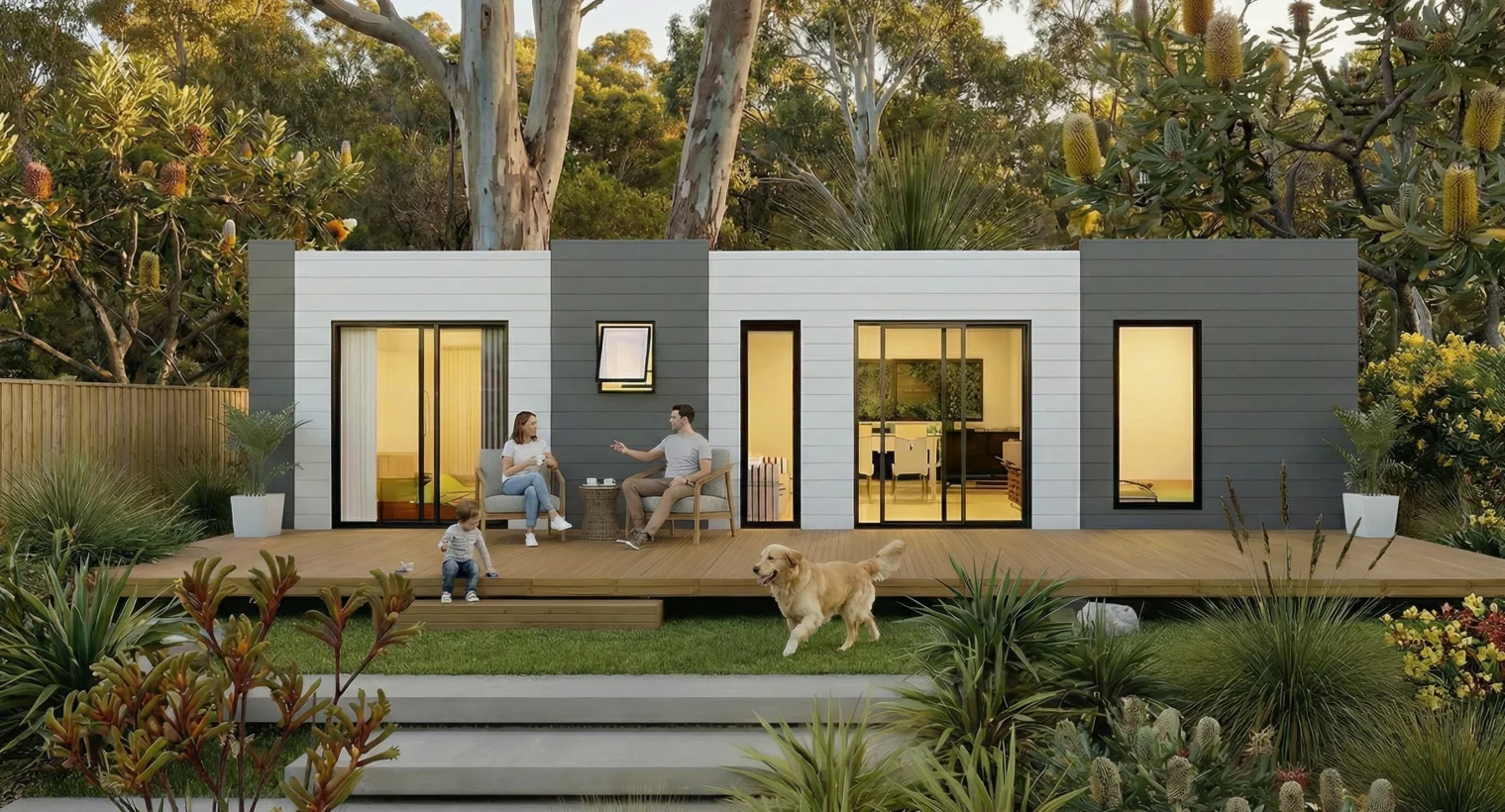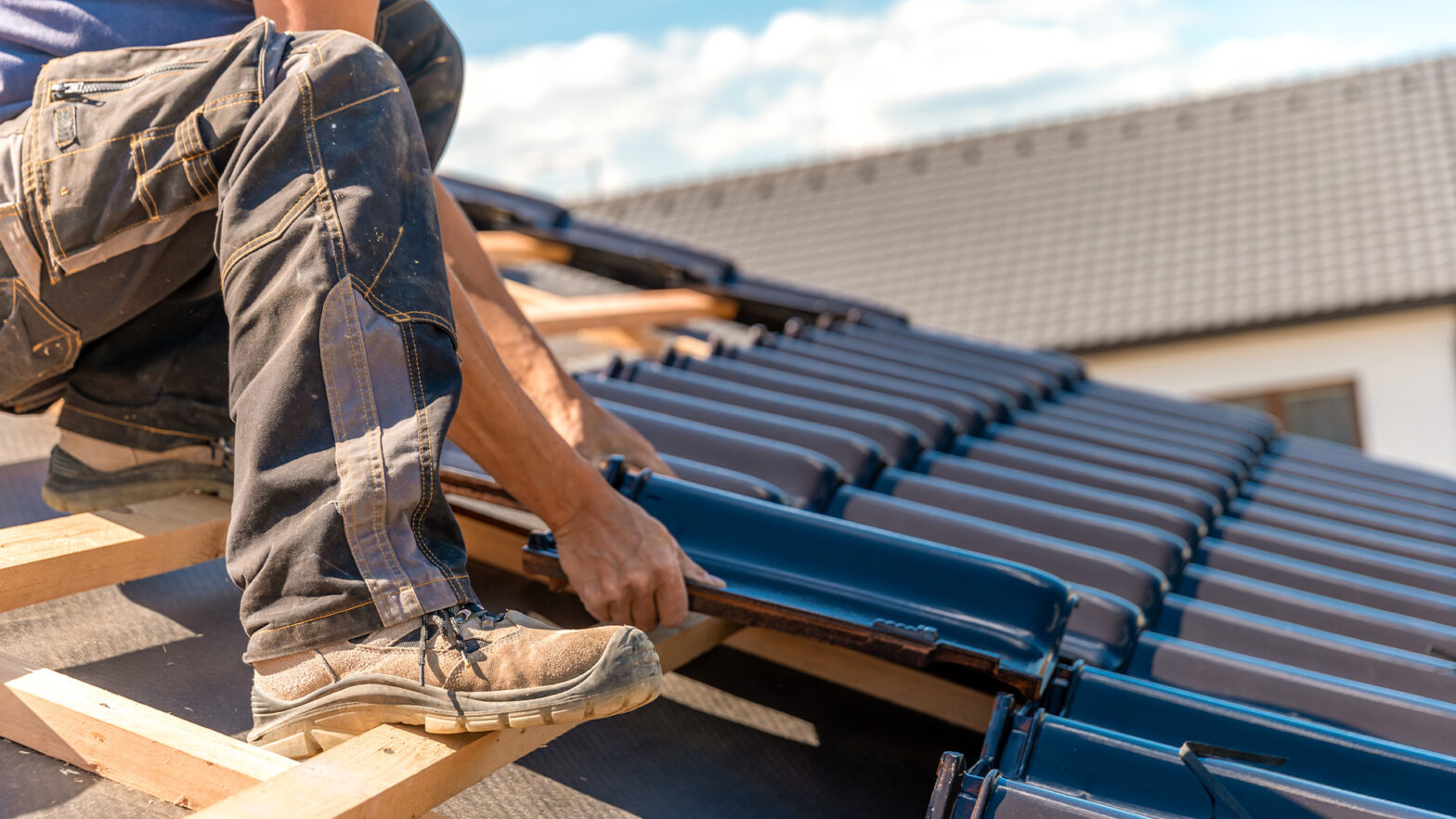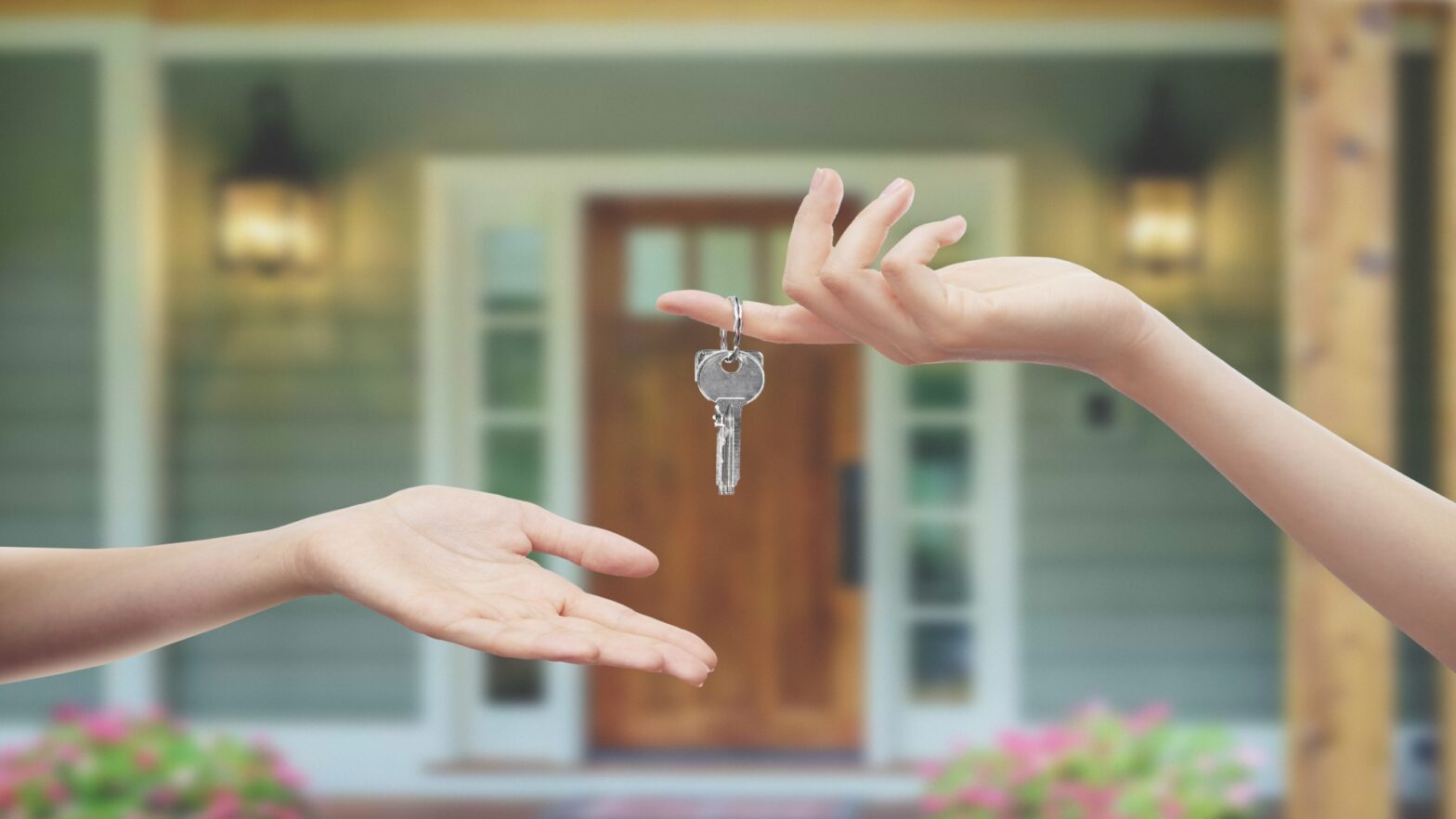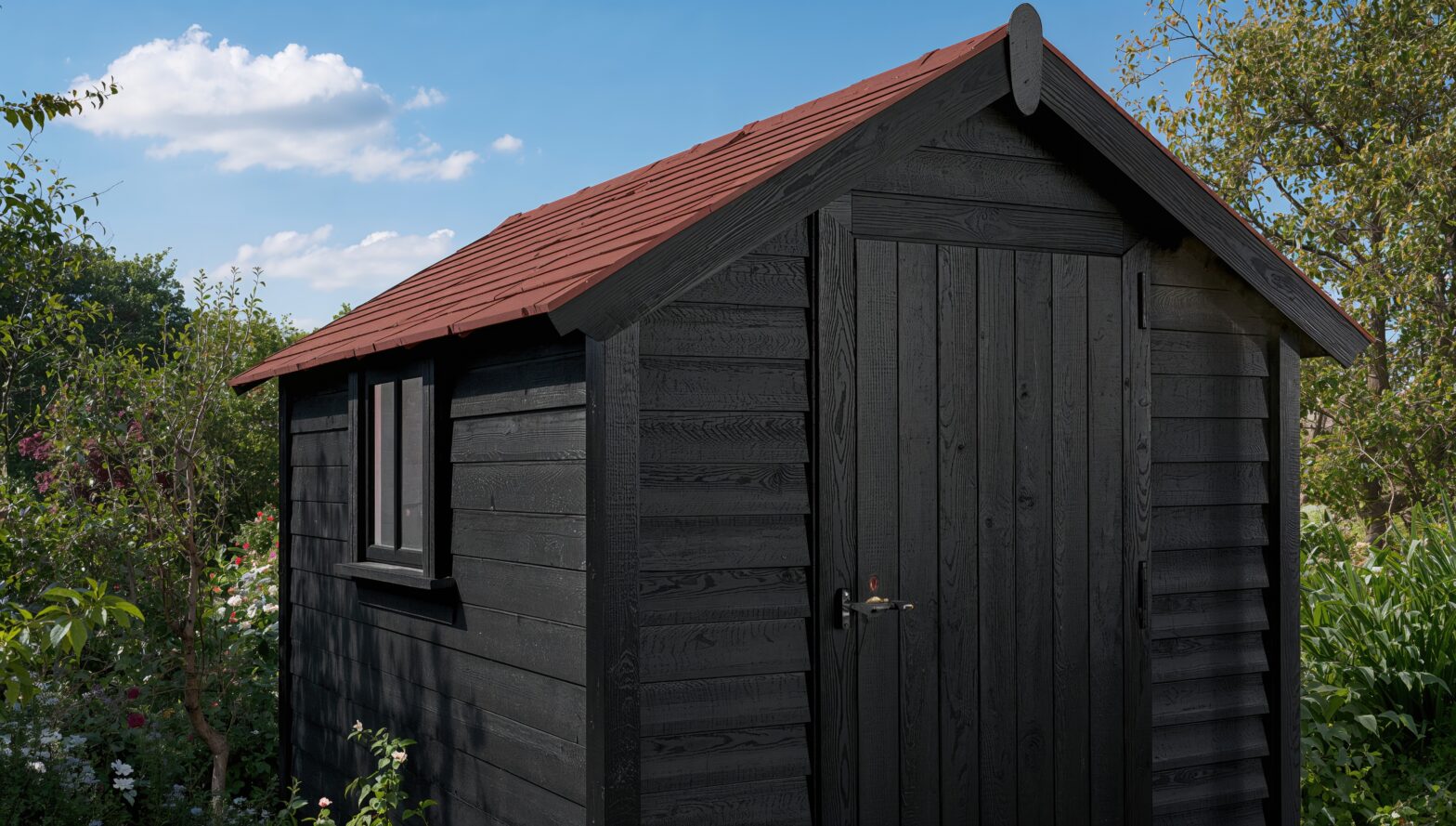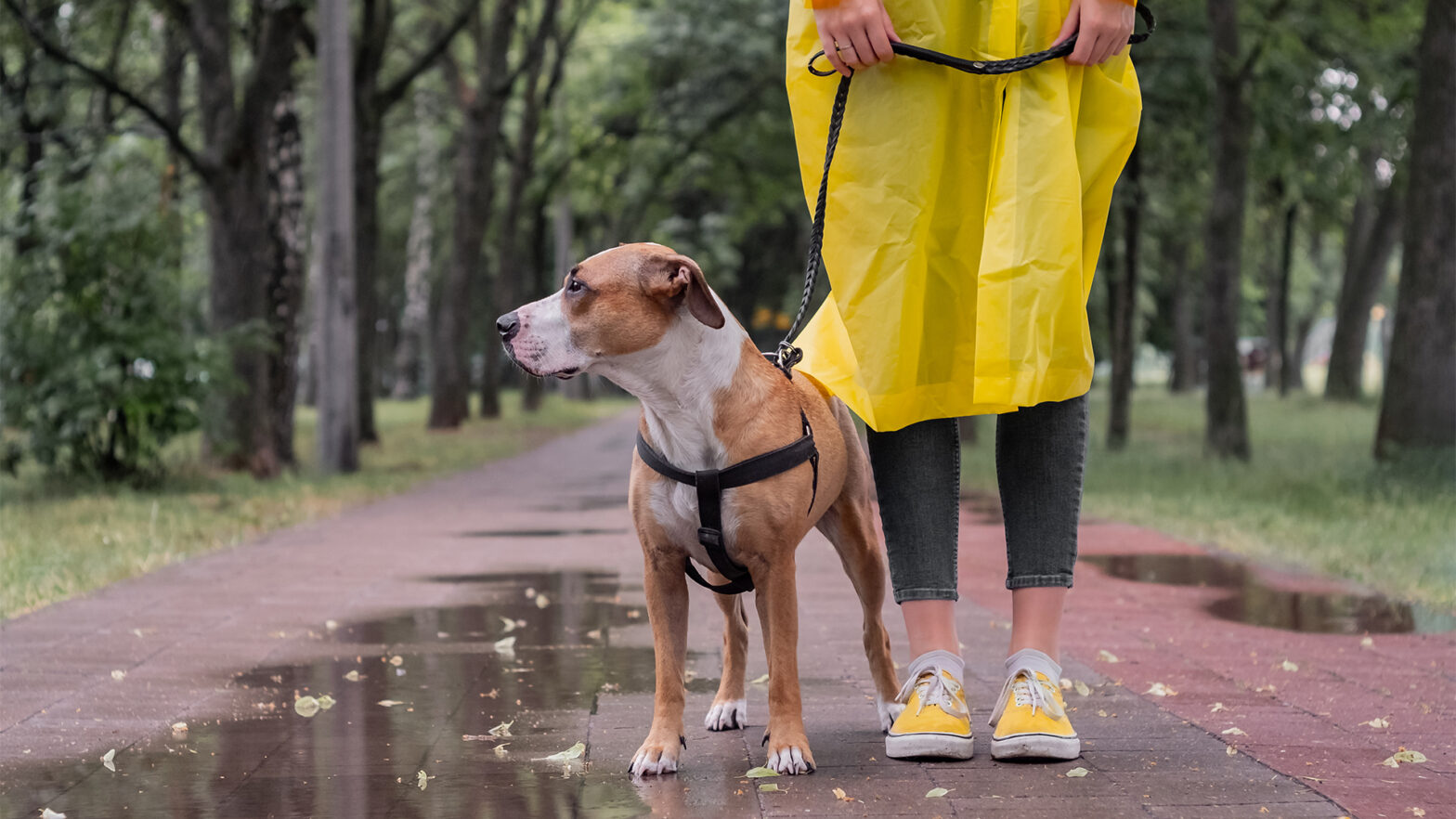
- With a wet winter weather forecast, many dog owners will be trying to protect their homes from wet and muddy paws.
- Interior designer Molly-Woodward Moor provides her top tips on how to protect your home while maintaining its style.
- Veterinary Surgeon Aimee Warner also provides info on why it’s important to dry your dog down after a wet walk.
Last year, the UK saw 16 days of rain throughout November, and while some may be able to hide from the rain, there are 13.5 million dogs across the UK that will need walking – meaning lots of wet paws and muddy coats.
Despite what may feel like constant cleaning, protecting your home from the mess that comes with a wet dog doesn’t have to mean compromising on style. Creative director Molly Woodward-Moor has teamed up with Waggel to provide eight practical yet stylish ways to keep your home looking great while managing muddy paws and wet fur.
Pet-resistant fabrics
Molly explains:” Wet dogs tend to leave fur and moisture behind on furniture, so it’s important to avoid fabrics like velvet, chenille, and silk that can trap moisture or become damaged easily. Instead, opt for durable fabrics such as leather, smooth tapestries, and synthetic fibres. These materials are more resistant to wear and tear, and their non-absorbent qualities make cleaning up after a soggy dog much easier.
“One easy way to pet-proof your sofas while adding seasonal colour palettes to your home is to use washable blankets and throws, these will help your home to feel cosy and stylish whilst also protecting your sofa.”
Waterproof and easy-to-clean flooring
When dealing with a wet dog, flooring needs to be durable and easy to clean. Molly advises “Natural stone or porcelain tiles are excellent choices for homes with pets. These types of floors manage spills, muddy pawprints, and water splashes with ease, and they can be quickly wiped or mopped clean. If you opt for stone tiles, make sure they are sealed to prevent any water absorption or staining over time.”
Add in design elements that are out of reach
To protect personal touches and stylish design elements, Molly suggests “Use alcoves or higher shelving to display delicate items or framed art, ensuring they’re safe from wagging tails or muddy paws. This way, you can incorporate personal and stylish design elements in your home without worrying about your dog accidentally causing damage. Elevated shelves and wall-mounted artwork also help maintain a sophisticated, clutter-free look while keeping everything in place.”
Create a mudroom or entryway
After walks in the rain or muddy park visits, having a designated area equipped with essentials like towels, pet wipes, and treats will make the cleaning process smooth and organised.
Molly explains “If you have the space, or an area already there that you can convert – a mudroom will keep the mess contained and preserves the cleanliness of the rest of your home. Choose colours that will hide muddy prints easily -earthy, rich shades of brown have been on the rise recently as they evoke warmth, comfort and a rustic sense of nature.
“Built-in mudroom storage ideas are key to helping keep things organised. Shoe and boot space, alongside somewhere to hang wet leads, coats and harnesses are top of the agenda, so incorporate shelving units with varying heights and lots of hangers – consider adding baskets to the shelves, which will keep things ordered while hiding the mess.”
Strategically placed pet bowls
Wet dogs often head straight to their water bowls, making it easy for splashes and drips to end up all over your kitchen floor. Molly adds “To maintain a sleek, tidy kitchen, avoid leaving pet bowls in the middle of the room. Instead, slide them under the toe kick of your cabinetry or tuck them into a discreet corner. This keeps the space clean and minimizes the risk of water mess while still providing easy access for your dog.”
Pet-friendly wall finishes
“Wet dogs can leave splashes and smudges on your walls, so it’s important to choose a wall finish that can handle the cleanup. For walls in low-traffic areas, durable matt emulsion is a great choice, offering a sleek finish that is easy to maintain. However, for areas where your dog might shake off or rub against the walls, acrylic eggshell paint is ideal. Its moisture resistance and wipeable surface make it perfect for handling splashes and wet fur, while its subtle sheen still fits into a stylish home.”
Protect your walls with the right colours
“When choosing paint colours for a pet-friendly home, it’s best to avoid light shades that will easily show dirt and moisture from wet dogs. Instead, opt for mid-tone or darker colours such as taupe, grey, or earthy hues. These tones hide imperfections better and still complement a range of interior styles. Neutral colours are versatile and ensure that your walls can handle the occasional wet dog encounter without ruining the decor.”
A stylish, functional pet bed
Wet dogs need a comfortable place to dry off and relax after their adventures, so it’s essential to provide them with a high-quality pet bed. However, avoid beds that clash with your home’s decor. Choose a pet bed made from moisture-resistant, durable materials that complement the style of the room. This way, your dog can enjoy their downtime without affecting the aesthetic of your home, and the bed will remain easy to clean.
The importance of drying your dog’s properly
Veterinary Surgeon Aimee Warner at Waggel, warns pet owners that not only can not drying pets properly leave a bad smell in your home, it could also lead to costly issues and trips to the vet.
Aimee explains “Not drying your dog properly post-walk can lead to a variety of issues such as skin conditions, ear infections and matting – all of these cause discomfort and can also have a significant impact on our pets’ overall health and happiness.”
- Moisture trapped under fur: Dogs, especially those with thick or long coats, can retain moisture close to their skin if not dried thoroughly. This damp environment is ideal for the growth of bacteria and fungi, which can cause infections such as hot spots (acute moist dermatitis).
- Fungal infections: If moisture is left on your dog’s skin for too long, it can promote the growth of fungi like Malassezia, leading to yeast infections. These infections often cause itching, redness, and an unpleasant odour and can require costly treatments.
- Skin irritation: Constant exposure to moisture can lead to skin irritation, itchiness, and discomfort, causing your dog to scratch or bite at the affected areas. This can damage the skin and potentially lead to secondary infections.
- Hypothermia risk: In cooler weather, a wet dog that isn’t dried properly could experience a drop in body temperature, leading to hypothermia, which weakens the immune system and leaves the skin more vulnerable to infections.
- Matted fur: Wet fur that isn’t properly dried and brushed can become matted, which can tug at the skin and cause irritation, hotspots, and in severe cases, limit air circulation, further promoting skin problems.
“To prevent these issues, it’s important to thoroughly dry your dog after wet walks or baths, paying attention to areas where moisture can be trapped, such as between the toes, under the belly and armpits, and around the ears.”

